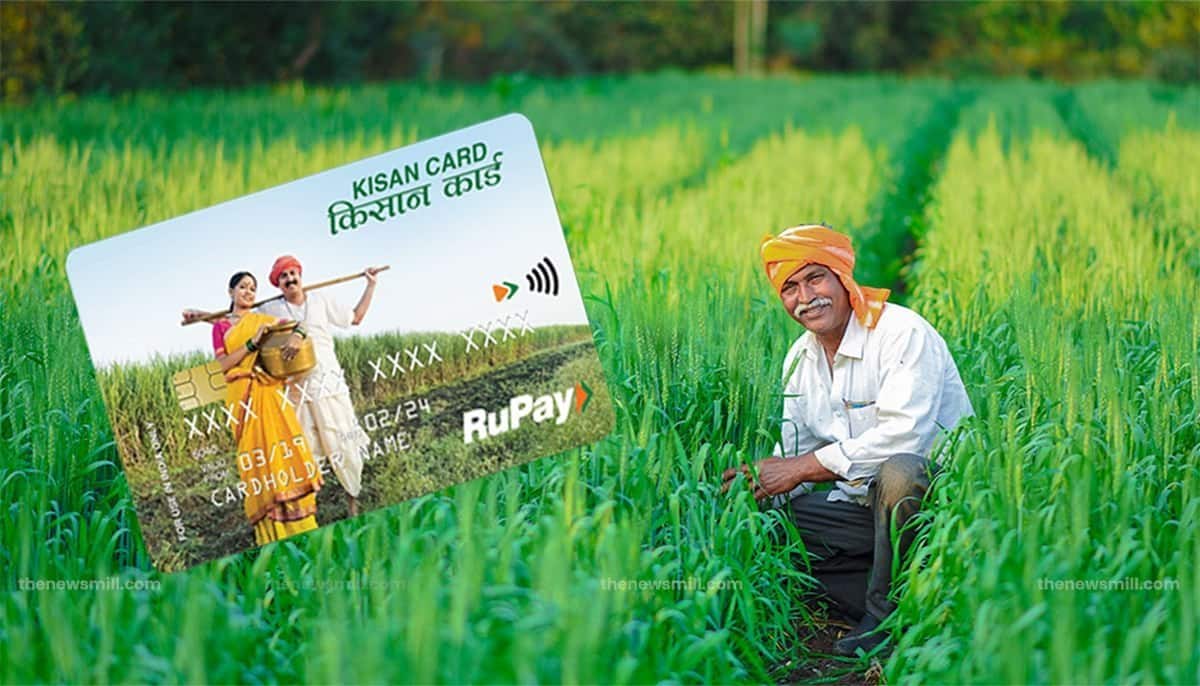Understanding the Kisan Credit Card Scheme: Benefits, Eligibility, and Recent Updates

Understanding the Kisan Credit Card Scheme importance is key, especially in agriculture, where investment money or credit is essential. Without enough money, loans become necessary, and banks offer the best option for borrowing compared to other sources like moneylenders, who charge higher interest rates. Know all about the KCC Scheme and its recent updates through this article.
Overview
Let’s know about what the Kisan Credit Card Scheme is, who benefits from it, and the recent updates to the scheme. We all know about the Kisan Credit Card Scheme (KCC), which you might have heard about alongside the Kisan Call Center, but that came later. TheKCC scheme was introduced in August 1998. Historically, even post-independence in 1947, the Indian government recognized the need for institutional loans for farmers.
Historical Background
Institutional loans mean loans from banks, cooperative banks, or rural regional banks (RRBs). If you’ve seen the movie ‘Lagaan,’ you’ll understand how farmers were exploited by landlords and moneylenders. The government was aware of this issue. Initially, other tasks took precedence, but with the Green Revolution in 1965, the focus shifted to institutional credit as agriculture needed more funding.
By around 1970, a government committee recommended setting up RRBs. The first RRB, Prathama Bank, was established in Muradabad, Uttar Pradesh, on October 2, 1975. More RRBs followed, and in 1982, the government established NABARD (National Bank for Agriculture and Rural Development) to regulate these banks.
Introduction of the Kisan Credit Card Scheme
In 1998, the KCC Scheme was launched to simplify the loan process for farmers. Unlike traditional loans, where a full amount needed to be taken at once, KCC allows withdrawals as needed. Additionally, KCC loans are pre-approved, eliminating lengthy approval processes and providing farmers with easier access to funds.
Eligibility and Loan Limits
The KCC Scheme started in August 1998. The minimum age for eligibility is 18 years; individuals younger than 18 cannot apply. There is no upper age limit, though people above 60 may need a guarantor. Farmers up to 75 years old can still receive loans.
The loan limit for KCC depends on factors like landholding, irrigation status, and crop patterns. More land typically results in a higher limit, and irrigated areas generally receive a higher limit compared to rainfed areas. Other factors also influence the loan limit. Once set, the limit must be reviewed within 12 months, though some banks may extend this to three years. The loan must be repaid within 12 months, though funds can be withdrawn anytime during this period.
Security and Interest Rates
Security or collateral is an essential aspect of the KCC Scheme. Collateral can include land papers, house papers, or gold. Banks may set margins; for instance, if collateral is valued at ₹20 lakh, the bank might provide a loan of ₹15 lakh, keeping ₹5 lakh as a buffer.
Recently, the Reserve Bank of India (RBI) increased the limit for collateral-free agriculture loans from ₹1 lakh to ₹1.6 lakh. This facility, previously available only to crop growers, now extends to fish and poultry farmers as well.
Uses and Repayment of the Kisan Credit Card Scheme
The primary goal of the KCC Scheme is to offer short-term credit for crop production, marketing, post-harvest expenses, and personal needs. For example, with a ₹3 lakh credit limit, you can use 10% (₹30,000) for personal expenses and 90% (₹2.7 lakh) for agriculture. Repaying the loan on time is crucial; misuse or non-repayment can negatively impact your credit score and future borrowing potential.
Additionally, KCC can be used for investments like purchasing a tractor or installing a tube well, though such long-term investments may require separate loans.
Eligibility for the Kisan Credit Card Scheme
Only farmers can apply for KCC. This includes individual farmers, joint farmers, tenant farmers, sharecroppers, self-help groups (SHGs), and joint liability groups (JLGs). JLGs, introduced by NABARD in 2014, consist of farmers who share responsibility for loan repayment, reducing the risk of non-performing assets.
Insurance and Issuance of the KCC Scheme
If a KCC holder becomes disabled or passes away, insurance coverage includes ₹25,000 for disability and ₹50,000 for death. KCCs should be issued within 14 days of receiving a completed application.
This overview covers the main points of the Kisan Credit Card Scheme. In our next session, we will discuss interest subsidy schemes and other related topics.
Also Read: 5 Medicinal Plants and Their Uses
Observer Voice is the one stop site for National, International news, Sports, Editor’s Choice, Art/culture contents, Quotes and much more. We also cover historical contents. Historical contents includes World History, Indian History, and what happened today. The website also covers Entertainment across the India and World.

